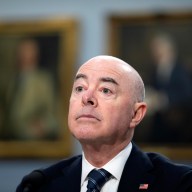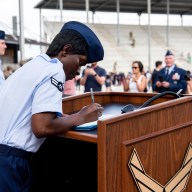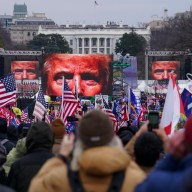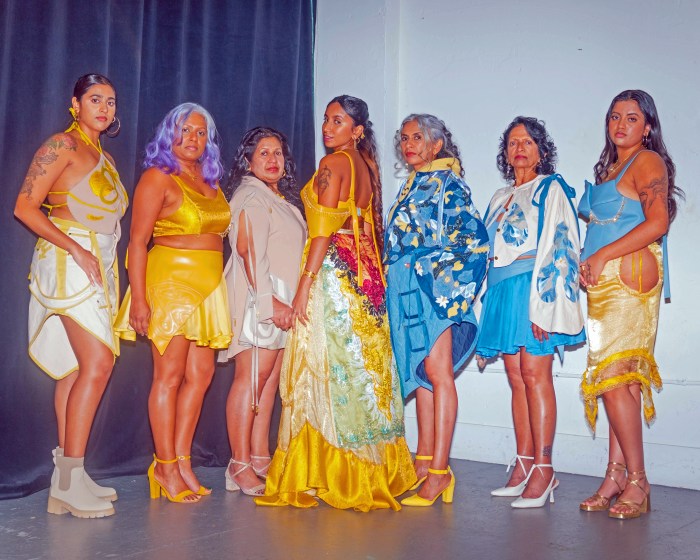Though marketed as a zombie film, Breck Eisner’s remake of George A. Romero’s post-Night of the Living Dead thriller, The Crazies is really a kind of love story. Or at least that’s what co-star Radha Mitchell thinks.
The lovely, lithe Australian actress is no stranger to horror films, having starred in 2006’s cult surrealist shocker Silent Hill.
But with The Crazies, it was the human element that persuaded her to sign on .
“I was in Calcutta when I got the script,” says Mitchell, whose credits include Woody Allen’s Melinda and Melinda and Jonathan Mostow’s Surrogates.
“I wasn’t sure about doing another horror film, but it was the central drama of this relationship between a husband and the love he has for his wife that appealed to me.”
The Crazies charts the 48 hours following the outbreak of a stray biochemical weapon nicknamed “Trixie,” a virus that snakes its way into a small town’s water supply, turning all of its victims into red faced homicidal lunatics who murder anything with a heartbeat. Sheriff Timothy Olyphant (HBO’s Deadwood) is one of the lucky uninfected, corralled by the government for relocation. His wife, Mitchell, is not so lucky. His frantic search to find her is the story’s main thrust.
“My character is tough,” says the actress. “To find a strong female role in this genre is so rare.”
Though the film favours drama over gore, the look of the infected victims, or “the crazies” is suitably disgusting: Their skin is mottled, eyes blown out and pulsing veins protrude everywhere. Romero himself (who is credited as executive producer here) recently told Metro that making Trixie’s victims appear like rotting zombies (they’re not) was an odd, potentially misleading choice, but Mitchell disagrees.
“The whole point of the movie is the juxtaposition between the horror and the humanity,” she says.
“Breck wanted the crazies to be completely over the top, to make them terrifying. It’s a theatrical device and it makes the heroes’ dangerous situation seem that much more intense.”














